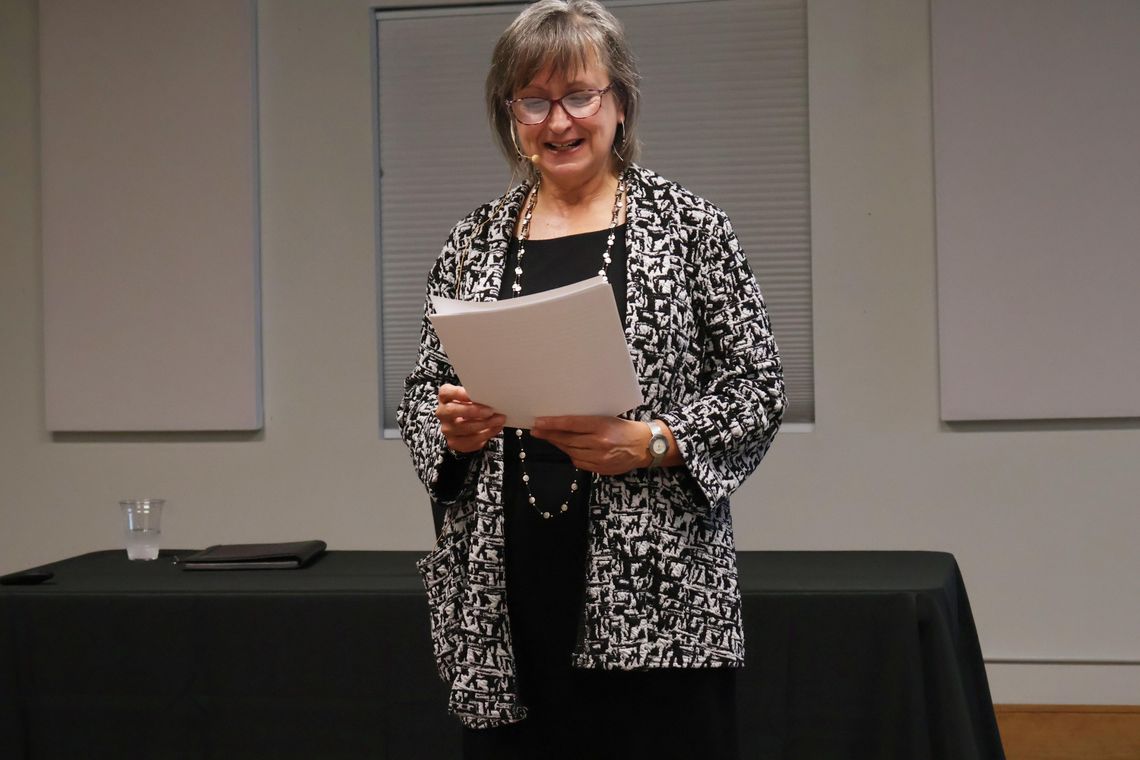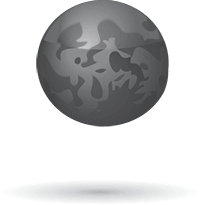President Lyndon B. Johnson’s accomplishments are common knowledge for many Texans, but few know what Lady Bird Johnson achieved with her famed Whistlestop Tour in 1964.
“Lady Bird Johnson summoned all of the rhetorical resources of her own experience to hold the mirror up to South,” said Roseann M. Mandziuk, Distinguished Professor in the Department of Communication Studies at Texas State University. “The place that she reflected to the audience was grounded in the abiding faith that the people of the South would recognize their pride and their noble past and in turn, embody the new roles that she argued were consistent with that image and identity.”
Mandziuk described Lady Bird’s rhetorical power and efforts to reconcile Southern ideals and traditions with civil rights reform and legislation during her LBJ Fall Lecture entitled “Recipes and Reconciliation: Lady Bird Johnson’s 1964 Whistlestop Tour” hosted by the LBJ Museum of San Marcos on Thursday.







